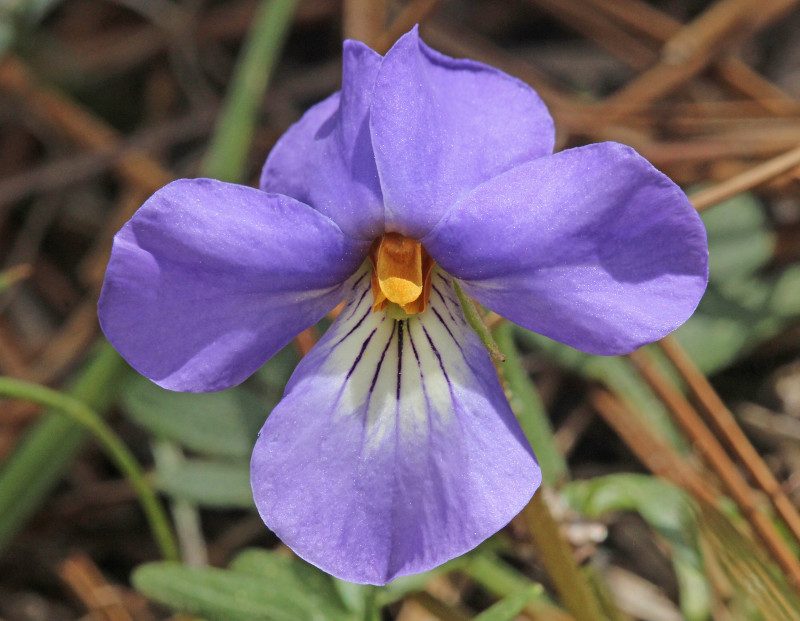
Bird’s Foot Violet Facts
- This beautiful creation of Nature and evolution most typically goes by the intriguing common name of the Bird’s Foot Violet. Yet, it also has a few other, less often used, general titles. These include mountain pansy and the quite similar Birds-foot violet.
- Within scientific circles, however, the plant’s perhaps better known by its technical designation. Thankfully, that’s an extremely simple term for the layperson to pronounce, as such things go. That’s because it holds the official moniker Viola pedata.
- The stunning flora received that epithet due to the efforts of Carl Linnaeus. The highly esteemed naturalist accomplished the first formal recognition of it as a separate and distinct species. He achieved that scientifically noteworthy deed in 1753.
- Fortunately, the amazing Bird’s Foot Violet appears to be maintaining a stable and sufficient population base. That pleasant state further seems to hold true across the entirety of its native range. The IUCN Red List thus currently has no listing for it.
- The botanical marvel nonetheless faces multiple threats to its continued existence as a sepcies, at least. Like all forms of life on the planet, most of these stem from the actions of man. Among others, they include the perils of habitat loss and climate change.
Related Articles
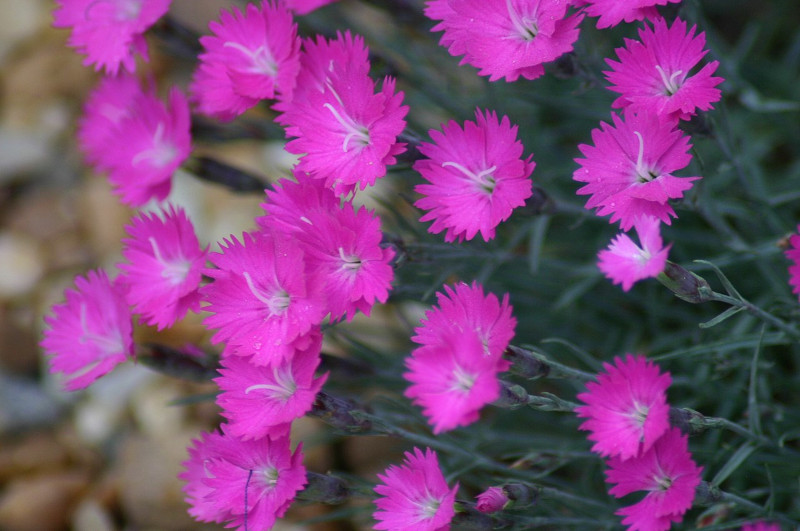
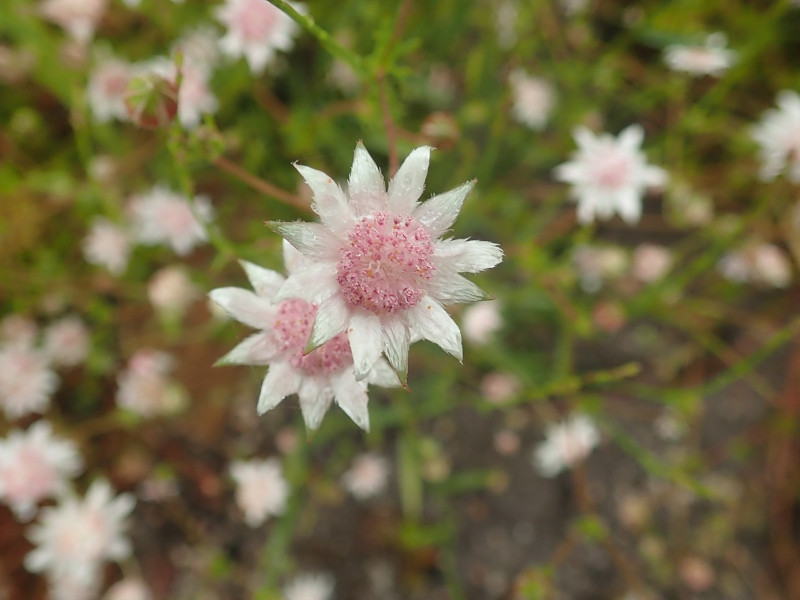
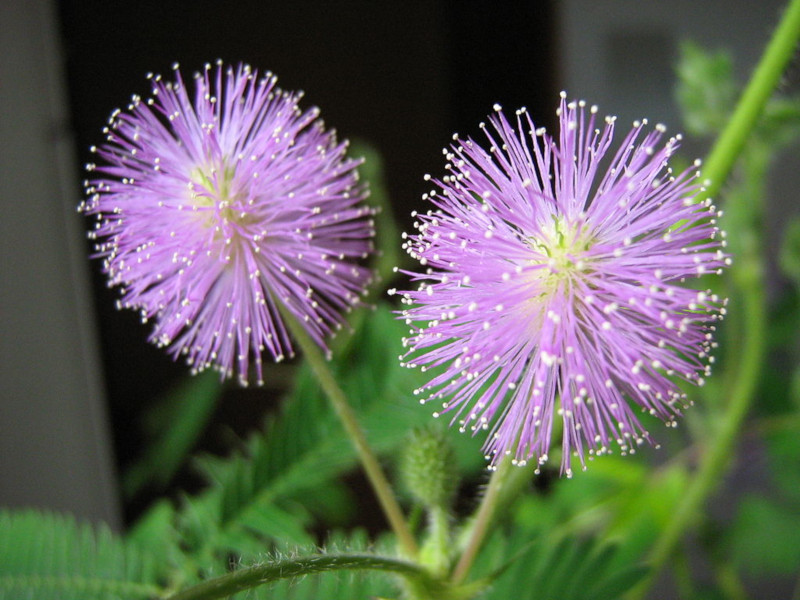
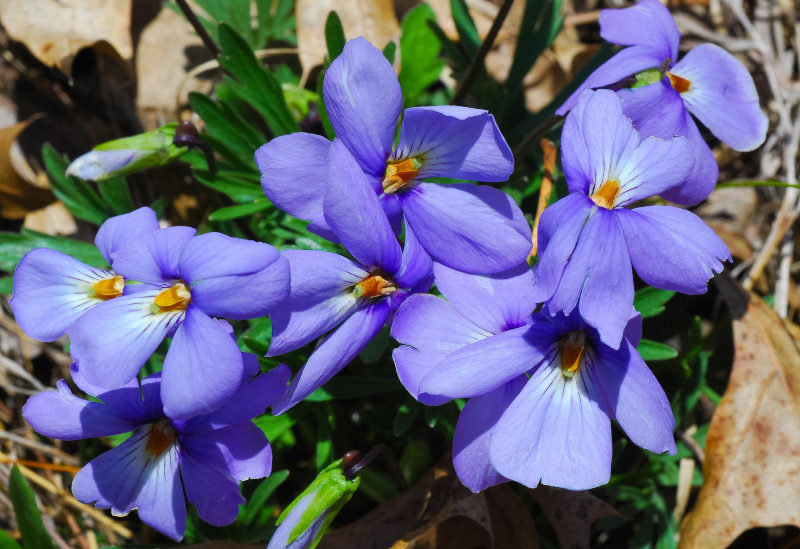
Bird’s Foot Violet Physical Description
The gorgeous Bird’s Foot Violet has been referred to by some as the queen of all violets. Such opinions occur primarily due to the beauty and delicate nature of this wonder of the floral world. It does not do so, though, due to attributes related to sheer physical size.
The beatiful plant produces multiple upright stems per individual. Yet, each of these features only averge about 2.8 – 5.9 in (7 – 15 cm) in height. Variations occur, however, pertaining to these short stems. Some produce a thin covering of hairs, while others have none.
The foliage accompanying these also merits attention. The leaves themselves manifest on stems ranging from 4 -6 in (10 – 15 cm) long. Each develops as nearly round in outline, and strongly cut into 3 – 5 distinct segments. They show a light to dark green shade.
Yet, it’s the marvelous flowers of the Eudicot that usually garner the most interest. Amazingly, two separate forms of these blooms appear in Nature. This pattern of evolution alone makes this botanical marvel the pleasure to encounter that it is for most of us.
Every specimen of the marvelous Bird’s Foot Violet, regardless of coloring, produces five petals. These possess a soft, delicate, velvet-like texture common among its many relatives around the globe. The blooms further average about 1 in (2.5 cm) in diameter.
In one variety, however, all five of its petals display either a lavendar or pale lilac hue. But, in the other form, only the lower three show this color. The upper two of this version, meanwhile, present a very deep purple. Other tones also appear rarely, such as white.
- Kingdom: Plantae
- Phylum: Tracheophyta
- Class: Eudicots
- Order: Malpighiales
- Family: Violaceae
- Genus: Viola
- Species: V. pedata
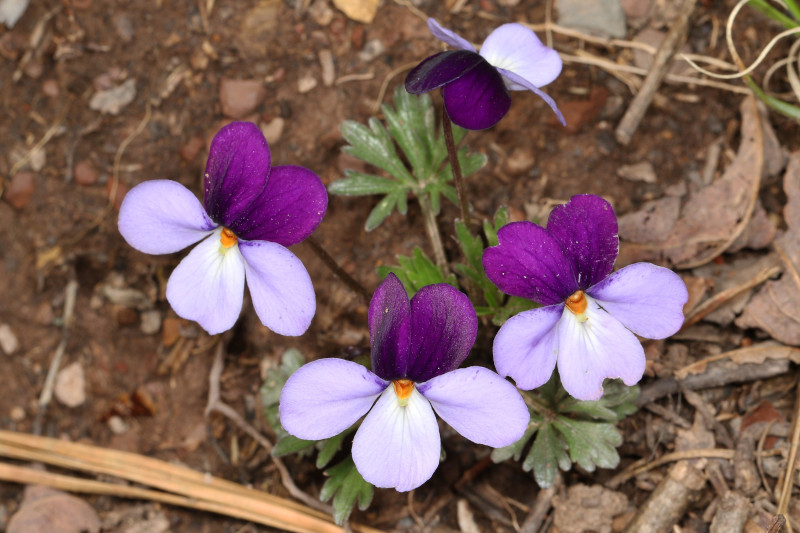
Bird’s Foot Violet Distribution, Habitat, and Ecology
The captivating Bird’s Foot Violet evolved as native to a relatively large expanse of the surface of the earth. The precise setting for that zone of habitation probably won’t surprise many people, though. That’s because it developed as native to part of North America.
Within that greater range, however, almost all of its population lives inside the borders of the United States. There, it lives throughout the midwest to eastern sections, extending from north to south to the borders. It also lives in two southern provinces of Canada.
Nature provided this gorgeous small flora with an evolutionary advantage. That lies in the fact that it displays a moderate flexibility regarding its choice of habitat. The lovely perennial plant therefore often makes its home in a wide variety of local ecosystems.
Most do have a few things in common, though. Each generally includes within it rocky, well-drained soils. This additionally usually has a high acidity level. Areas the species resides in include such settings as road embankments, open woods, bluffs, ridges, and glades.
The stunning Bird’s Foot Violet achieves its pollination via the actions of various insects, though this action principally involves butterflies. Blooms generally develop between mid-to-late spring. Amazingly, however, this actions sometimes even happens in Autumn.
When mature, the plant actually ejects its seeds. These have a covering of a sugary gel, which attracts ants. The insects subsequently carry them off, to consume this coating. When finished, the seed is left behind, aiding the flora in dispersing the seeds produced.
Species Sharing Its Range

Brown Recluse
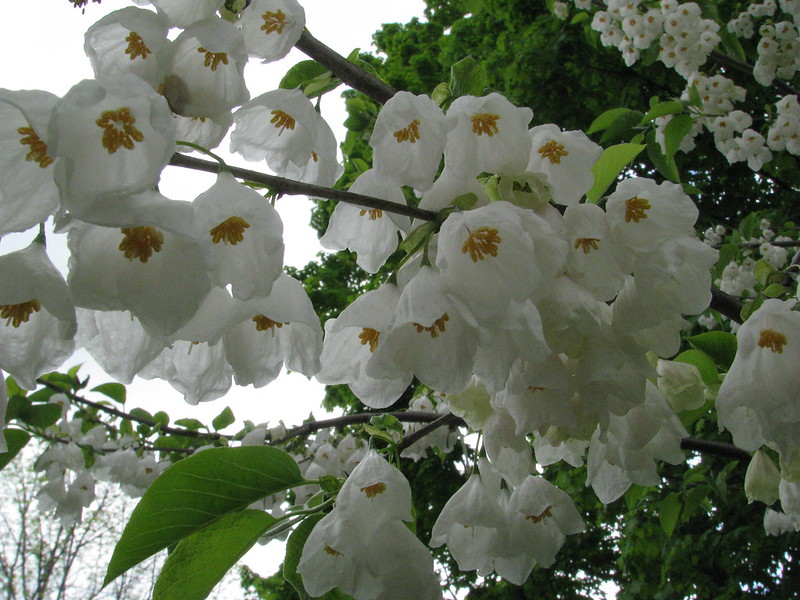
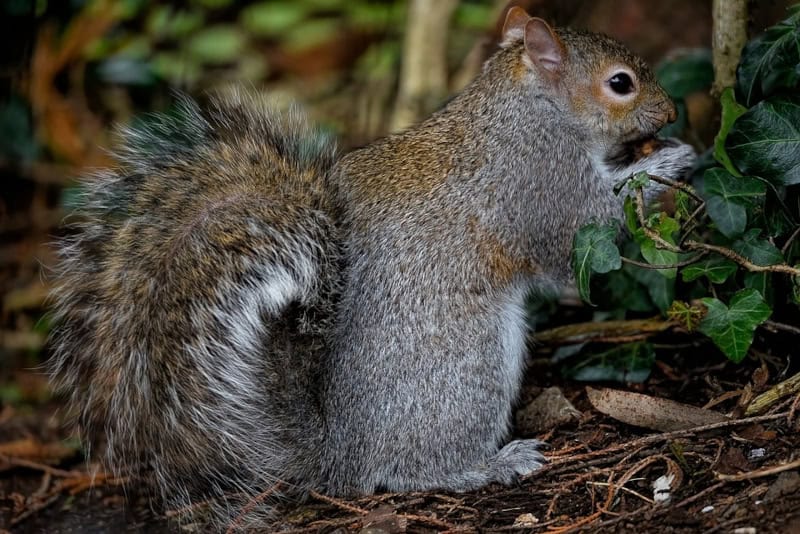
Check out our other articles on 7 Magnificent West Coast Marvels, Striped Skunk, Komodo Island, Wilson’s Bird-of-paradise, East African Lowland Honey Bee, Jamaican Iguana









Leave a Reply